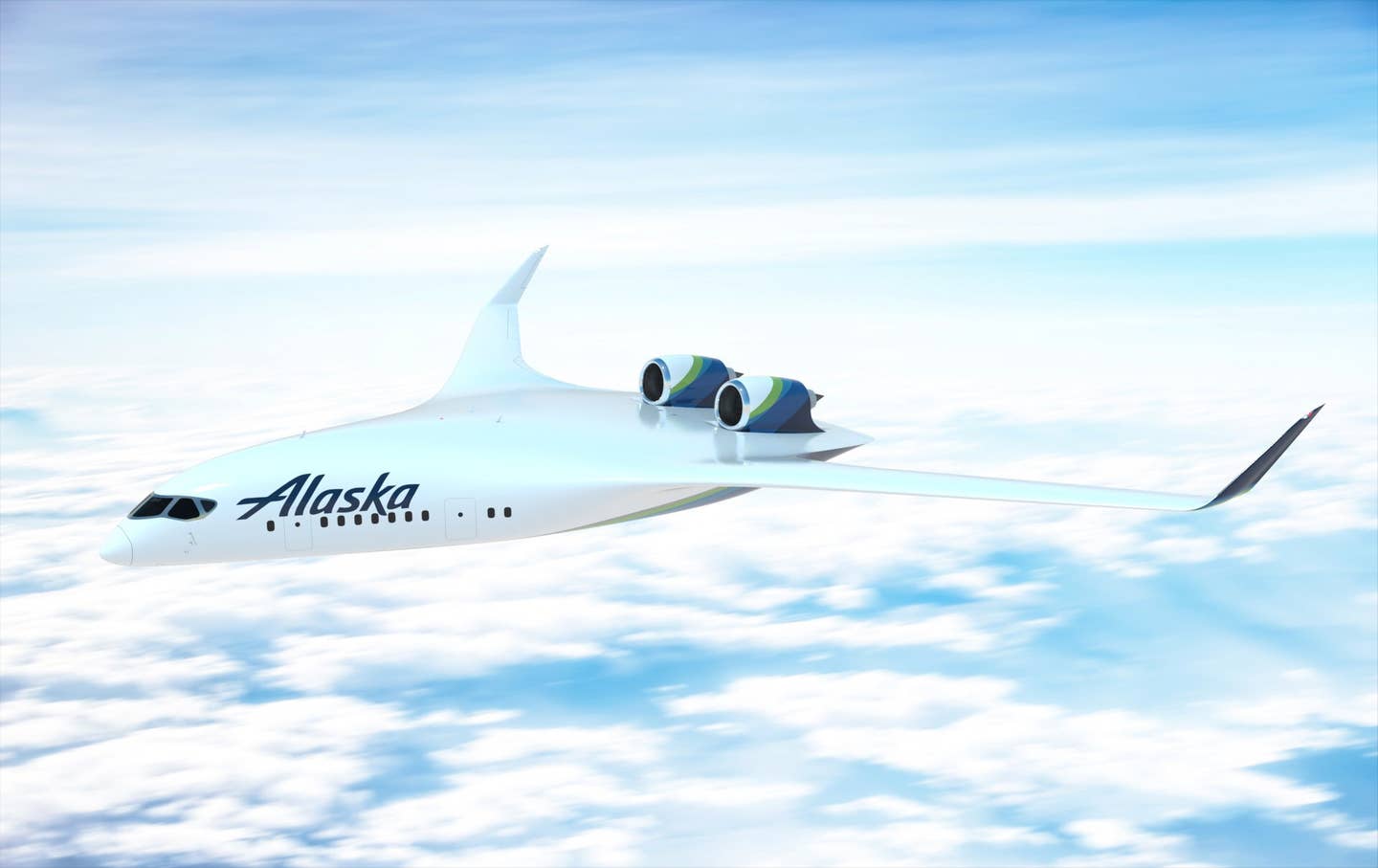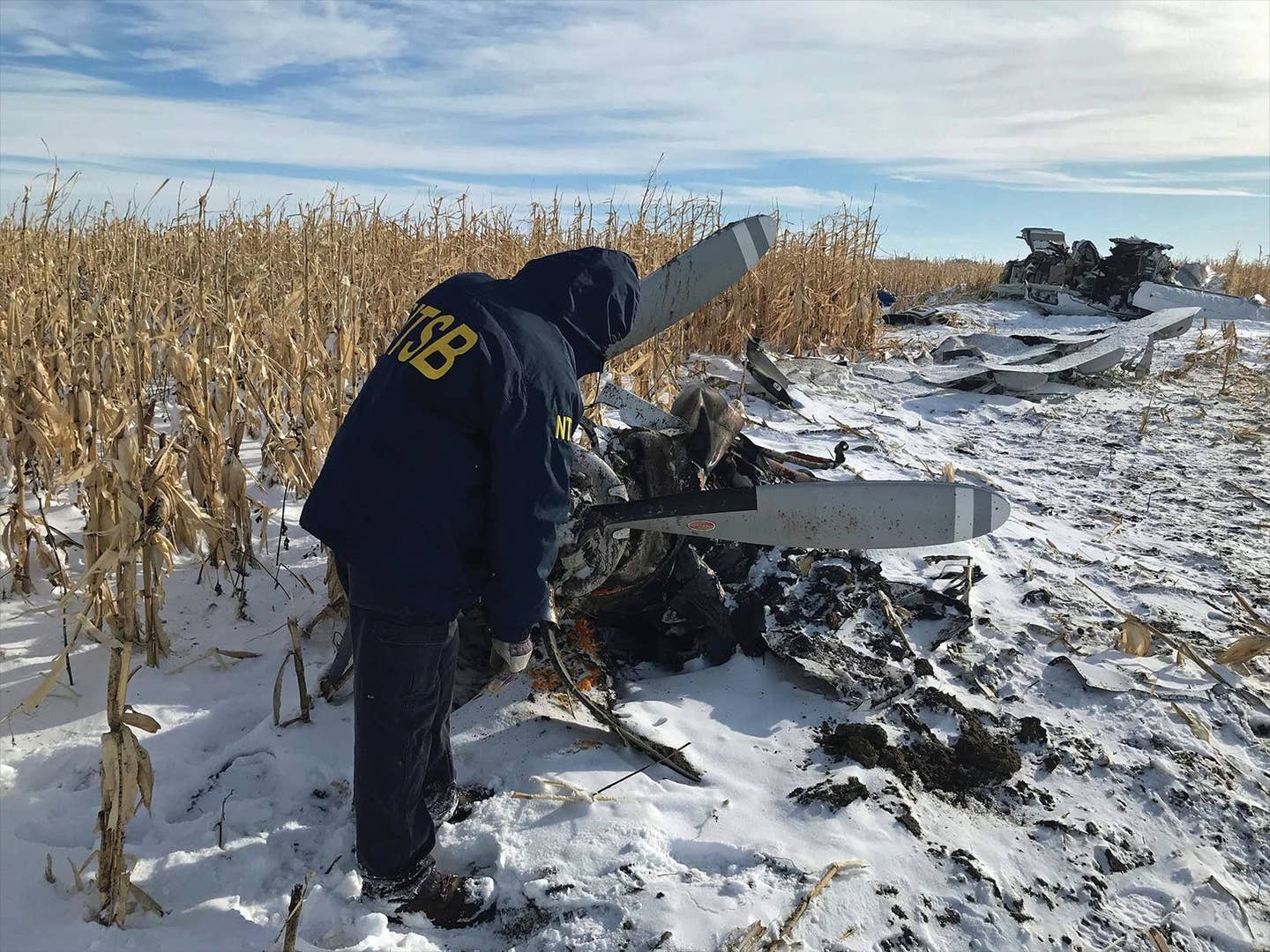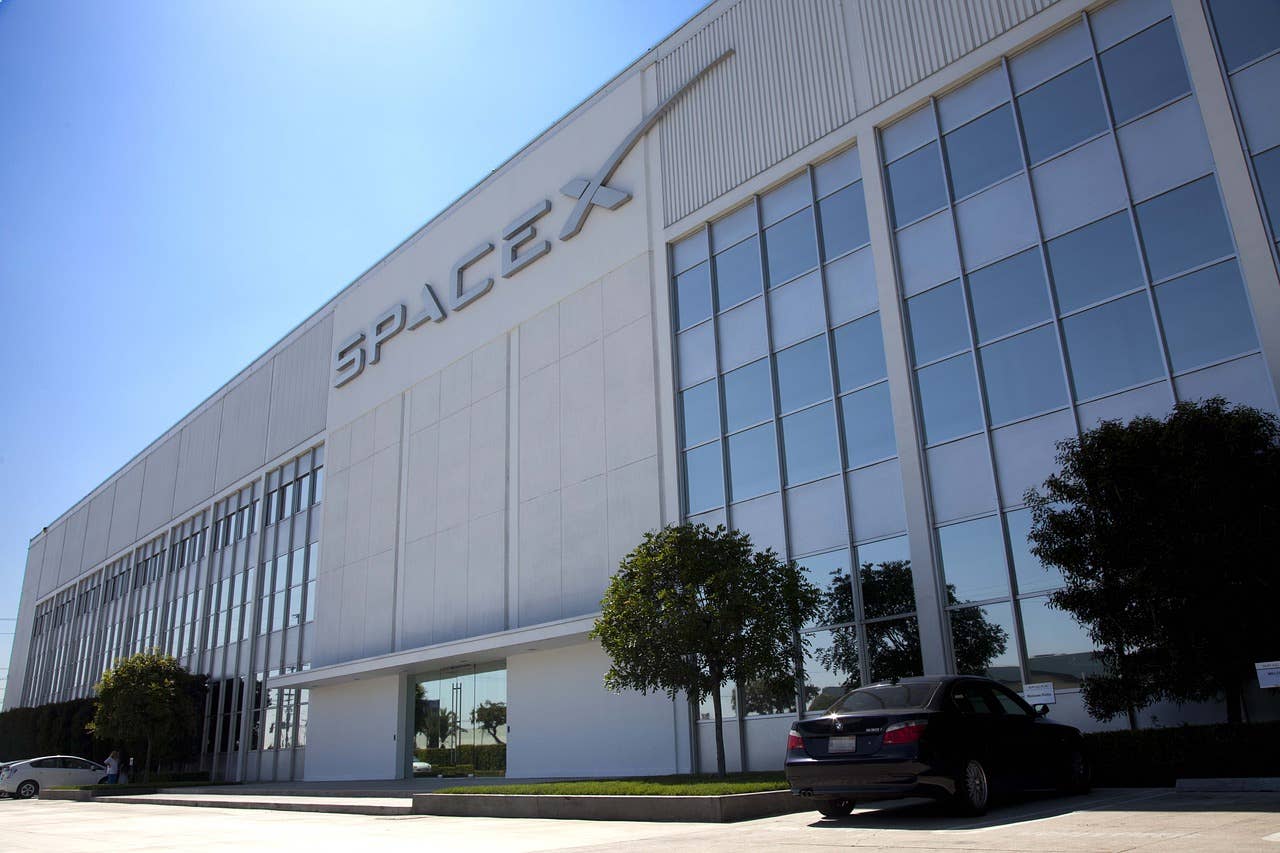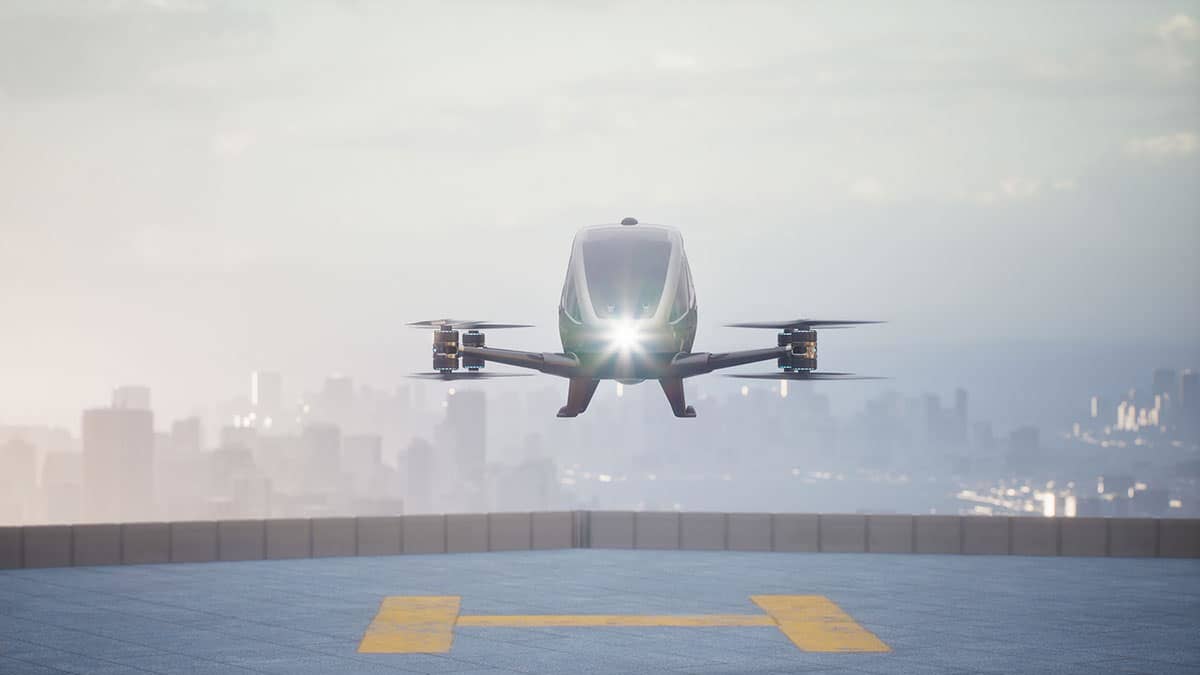FAA Allocates $291 Million in Sustainability Grants
The FAST grant program is funded by the Inflation Reduction Act of 2022.

Alaska Airlines announces investment in JetZero. [Courtesy: Alaska Airlines]
The FAA last week announced it will be allocating $291 million of the Fueling Aviation’s Sustainable Transition (FAST) discretionary grant program allotment across 36 projects.
FAST invests in accelerating the production and use of sustainable aviation fuels (SAFs) and developing low-emission aviation technologies to support the U.S. aviation climate goal to achieve net-zero greenhouse gas emissions by 2050.
Award Categories
According to the FAA's Friday awards announcement, the FAST grants include:
- $244.5 million for 22 projects supporting the development of SAF and supporting ecosystems
- Seven SAF Tier 1 projects. These projects are conducting SAF supply chain studies to identify infrastructure needs.
- 15 SAF Tier 2 projects. These projects build infrastructure for SAF production, transportation, blending, and storage.
- $46.5 million for 14 projects that develop, demonstrate or apply low-emission aviation technologies
- 13 Low-Emission Technology Category 1 projects. These projects are developing low-emission aviation technologies.
- One Low-Emission Technology Category 2 project
Award Recipients
SAF
Around 84 percent of the grant goes into SAF-related projects. SAFs are jet fuels made from renewable sources that are not petroleum-based and, therefore, produce lower carbon emissions over their lifecycle.
SAF is already safely flying in today’s aircraft and engines. The heavy emphasis on SAF development matches the industry sentiment that the energy source is the only near-term carbon reduction solution without impacting current air connectivity.
Tier 1 projects primarily fund Southwestern states and Alaska, as these areas’ SAF consumption lags behind the rest of the country. Most of the recipients in this tier are government agencies.
California is arguably the biggest beneficiary of the Tier 2 grants, pocketing over $100 million. The largest grant award goes to Martinez Renewable, which received $50 million to support facility updates to enable SAF production as synthetic paraffinic kerosene (SPK). The facility expects to produce 100 to 350 million gallons of SAF annually starting in 2027.
Low-Emission Technologies
The recipients in this category range from software development and aerodynamic improvement to electrification of aircraft systems.
Category 1 recipients working on improving fuel use efficiency include big names such as Boeing, which is working on increasing the accuracy of fuel sensing. This system will help improve the accuracy of fuel load calculation, reducing consumption by reducing the extra fuel carried on each flight.
Category 1 recipients also include alternative propulsion leaders such as ZeroAvia, Wright Electric, and Heart Aerospace, which work on hydrogen, battery, and hybrid electric technologies, respectively. In addition to the powerplant developers, electric taxi developer Green Taxi also received significant funding of $5.6 million.
This category also sponsors highly disruptive aerodynamics players. The biggest awards for low-emission technologies are in this category. JetZero and Otto Aviation are receiving $8 and $7 million, respectively, in funding to develop their aircraft configurations.
Category 2 has a single recipient: the University of Illinois. It plans to create a megawatt-level testing facility to demonstrate electrified aircraft systems for zero-emission. Notably, Collins Aerospace also opened its testing facility for the 100 MW hybrid-electric motor it’s developing at its Rockford, Illinois, plant.
Editor’s Note: This article first appeared on AirlineGeeks.com.

Subscribe to Our Newsletter
Get the latest FLYING stories delivered directly to your inbox






